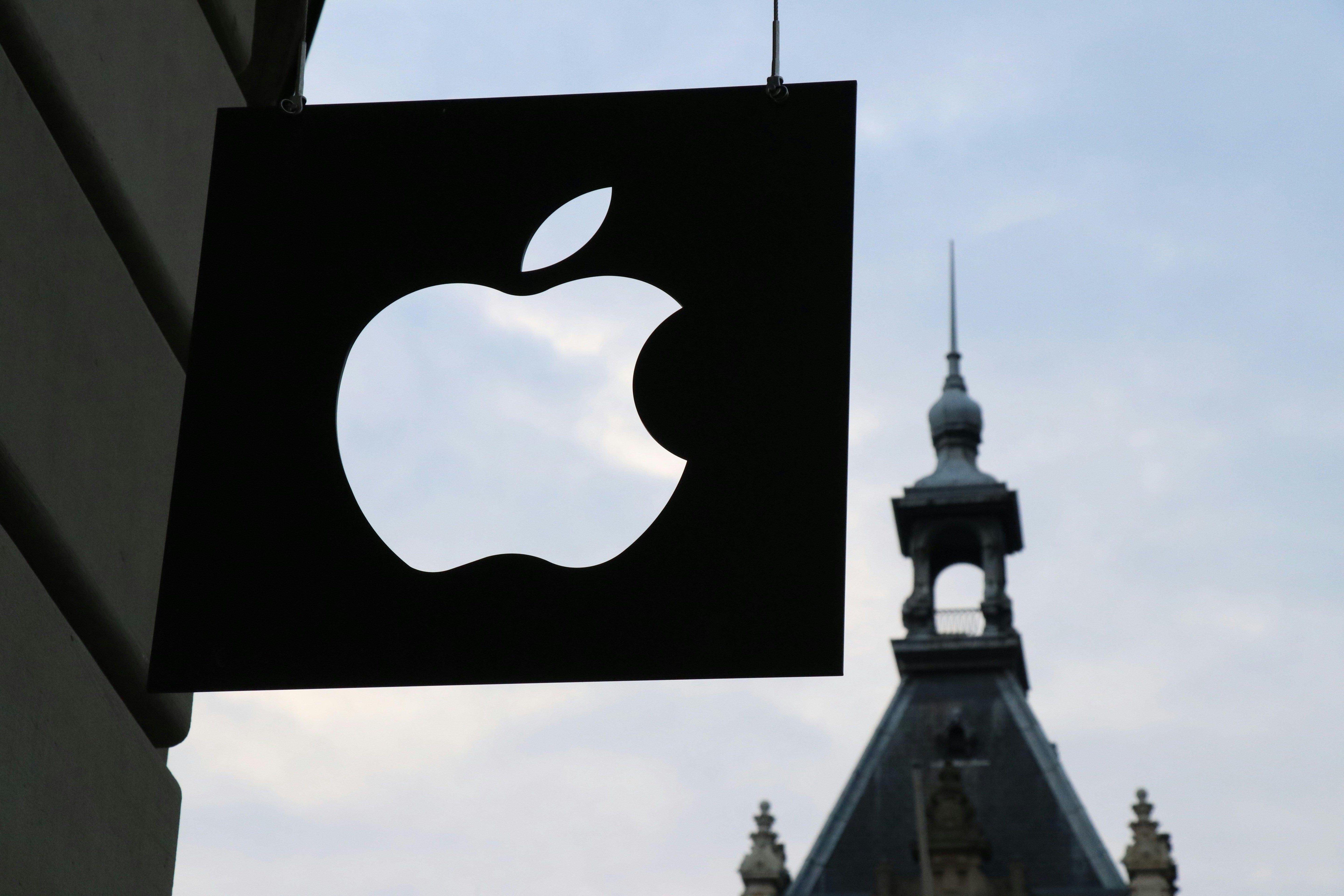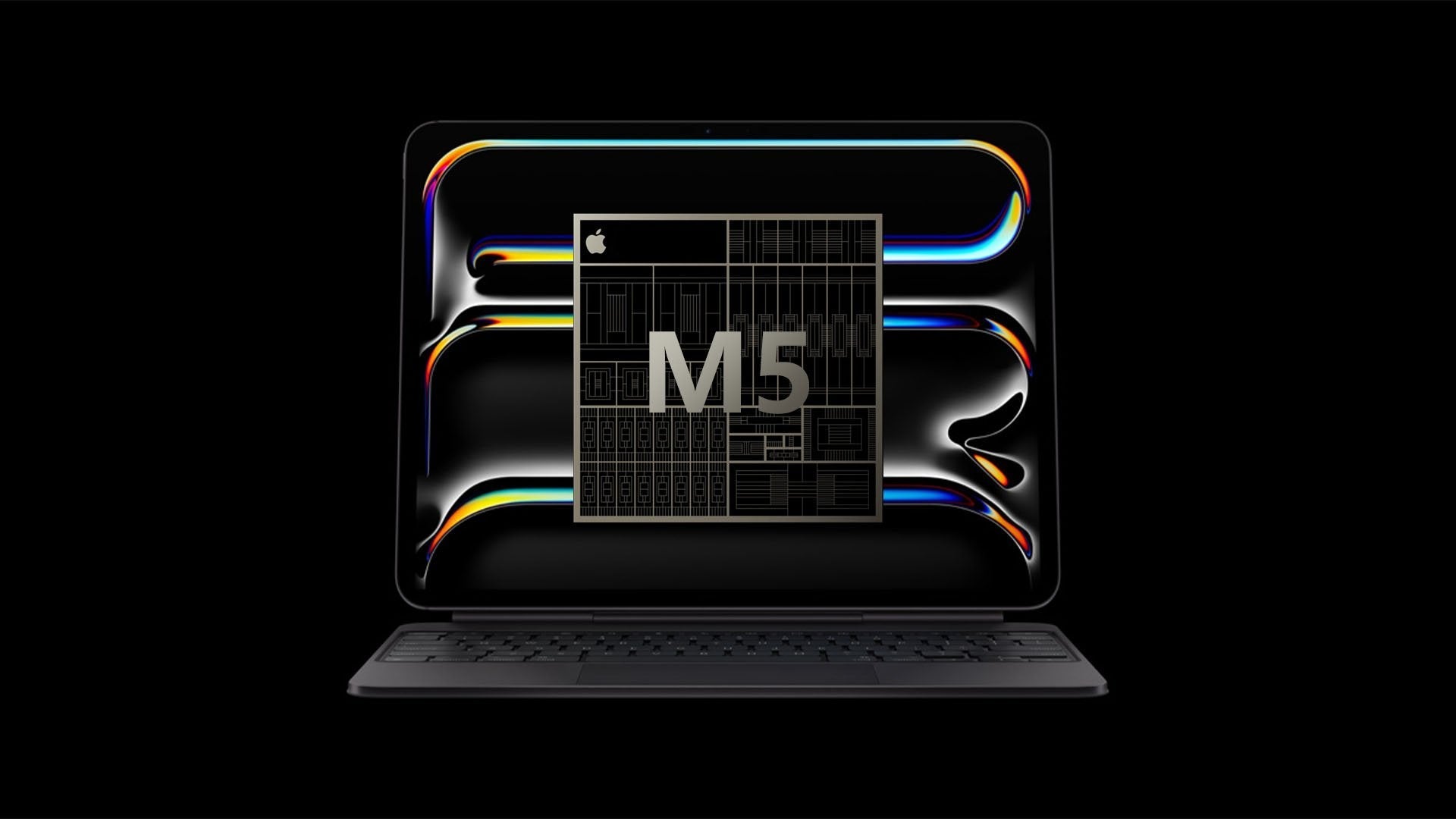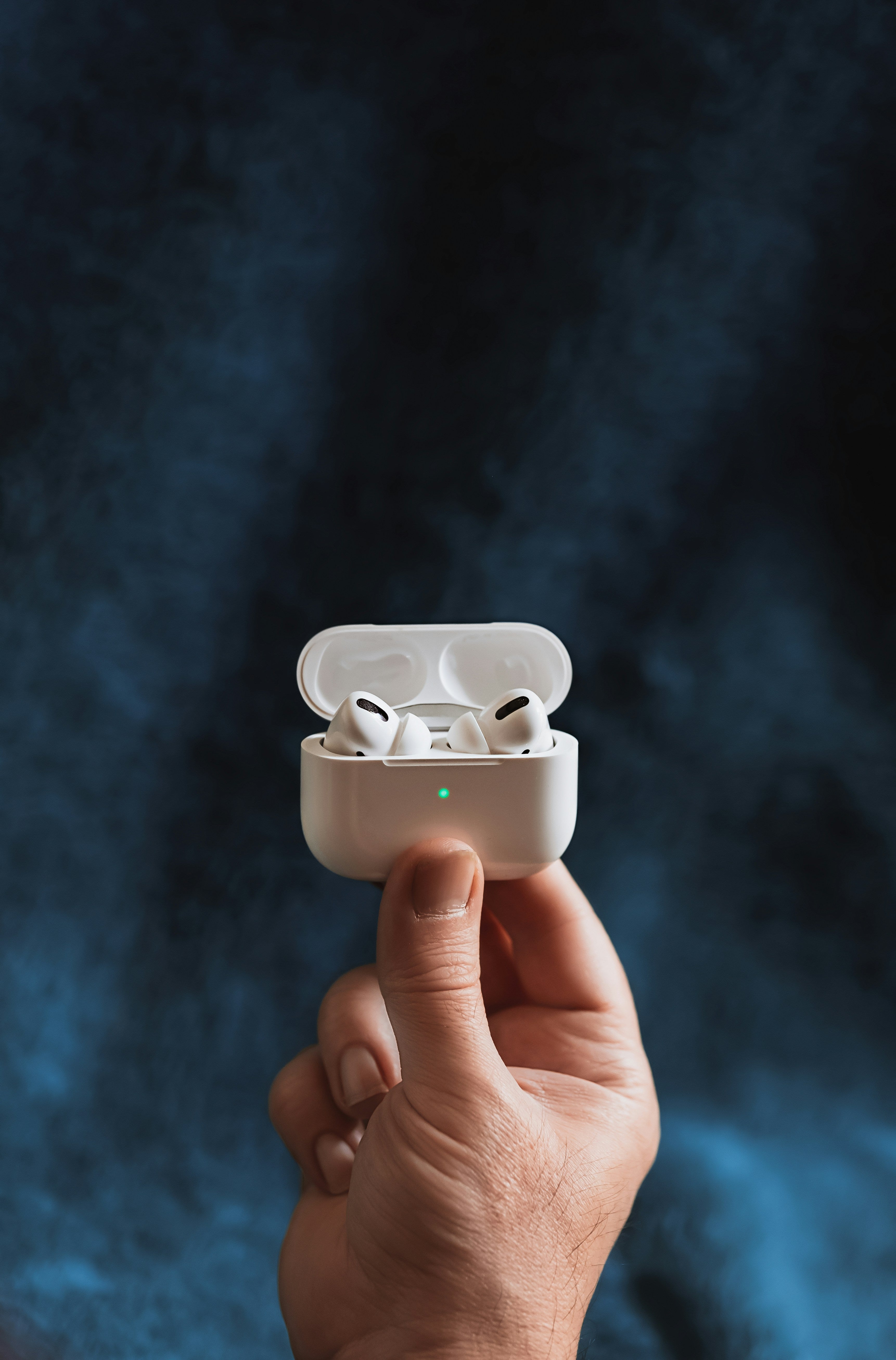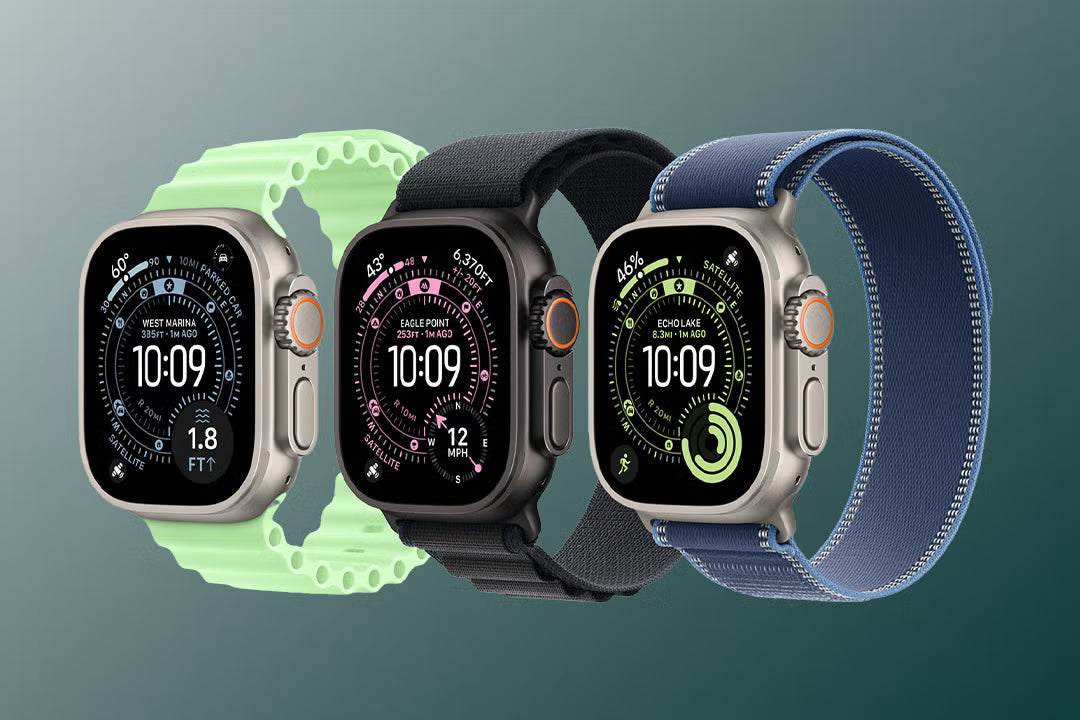Apple's approach to design has not only set it apart from its competitors but also elevated the standards of the tech industry as a whole. By prioritizing design principles that focus on simplicity and user experience, Apple has created products that are both aesthetically pleasing and functionally superior. This commitment has influenced other tech companies to follow suit, leading to a shift towards products that are easier to use and more integrated into the daily lives of users.
The company's design philosophies have fostered an environment where technology serves to enhance human capabilities in intuitive ways. Through the careful integration of hardware and software, Apple has demonstrated that technology can be both powerful and accessible. The ripple effects of Apple’s design ethos can be seen across the tech industry, with user-centred design becoming a fundamental aspect of product development strategies.
Unveiling Apple's Design Ethos: The Bedrock of Innovation
At the heart of every Apple product lies a commitment to innovation, driven by a tech company that views design as its foundation. This ethos guides Apple's approach to creating products that not only meet the current needs of users but also anticipate future demands.
Simplicity as the Ultimate Sophistication
Apple has consistently proven that simplicity in design does not equate to a lack of functionality. By stripping down the user interface of a music player or redefining the smartphone industry with a clean, intuitive design, Apple has shown that the most sophisticated products are those that are straightforward and easy to use. This approach has set new benchmarks for what consumers expect from technology.
The Marriage of Form and Function: A Design Paradigm
The MacBook Air exemplifies Apple's belief that design should seamlessly blend form and function. By creating a device that is not only thin and lightweight but also powerful and efficient, Apple has challenged the industry to rethink how electronic devices are made. This paradigm has pushed competitors to prioritize not just the appearance of their products, but their practicality and performance as well.
User-Centric Design: Empathy at the Core
Apple’s commitment to design excellence is underpinned by a philosophy deeply rooted in empathy for the user. This encompasses all aspects of their offering, from development and marketing to customer service and retail. By believing that design is not just about how a product looks but about how it functions, Apple has maintained a relentless pursuit of perfection that resonates with users on a profound level.
The Evolution of Apple’s Design Philosophy
Over time, Apple's design principles have evolved to accommodate new technologies and user needs, yet the core ethos remains unchanged. This adaptability ensures Apple stays at the forefront of innovation, continually setting industry standards.
From the Macintosh Era to the Modern MacBook
Apple's journey from the Macintosh to the modern MacBook showcases the tech industry's evolution through innovative design. The introduction of the Apple Watch and the development of the iOS operating system highlight Apple's commitment to consumer electronics that not only look good but also provide actionable insights and an intuitive interface. By ensuring integration between hardware and software, Apple consistently reinforces its role in shaping the future of technology.
The Revolutionary iPod: Simplifying Music on the Go
The iPod revolutionized the way people listened to music, thanks to its innovative design and hardware. By allowing users to carry thousands of songs in their pocket, Apple changed the landscape of portable music players. The seamless integration with the iOS operating system made it a precursor to future Apple products, showcasing the company's knack for creating devices that blend aesthetics with functionality.
The Dawn of the iPhone Era and Touchscreen Innovation
The iPhone's launch marked a significant milestone in the tech industry, introducing touch screen technology to the masses. This innovation set the stage for future mobile devices and cemented Apple's reputation as a leader in technology design. The iPhone's influence is evident in how it transformed mobile communication, integrating features that have become standard in today's smartphones.
The Apple Ecosystem: A Seamless Integration Strategy
Apple's ecosystem is a testament to the company's commitment to creating a seamless experience across all its devices. By designing hardware and software that work together harmoniously, Apple has built a unified platform that enhances user experience. This strategy not only simplifies technology for users but also reinforces Apple's position as an innovator in the tech industry.
iCloud: The Backbone of Device Interconnectivity
iCloud stands as the backbone of Apple's strategy for device interconnectivity, allowing users to access their data across different devices seamlessly. This integration enhances the user experience by providing a level of convenience and functionality that is difficult to find elsewhere.
Continuity Features: Crafting a Unified Experience Across Devices
Apple has created a suite of continuity features that exemplify user-centered design. These features enable a seamless transition between Apple devices, making it possible for users to start a task on one device and finish it on another without any disruption. This level of integration showcases Apple's innovative approach to creating a cohesive user experience.
Apple Silicon: A Leap Towards Harmonised Hardware and Software
The introduction of the M1 chip is a testament to Apple's commitment to harmonizing hardware and software. This innovation has significantly changed the world of computing, offering unparalleled performance and efficiency. By designing both the hardware and software in-house, Apple can optimize performance to levels previously unimaginable, reinforcing its position as a leader in technology innovation.
How Apple Pushes Boundaries with Intelligent Design
Apple continues to push the boundaries of what is possible with intelligent design, integrating advanced technologies to enhance user experiences.
Integrating AI and Machine Learning for Enhanced User Experiences
The incorporation of AI and machine learning into Apple products has opened up new possibilities for personalized and intuitive user interactions, setting new standards for what users can expect from their devices.
Siri: Pioneering Voice-Activated Assistance
When Apple introduced Siri, it fundamentally transformed how users interact with their devices. By integrating advanced natural language processing (NLP), Apple ensured that Siri could understand and process user commands in a way that felt both natural and intuitive. This breakthrough in voice-activated assistance not only set a new standard for user interaction but also paved the way for further innovations in AI-driven personal assistants across the tech industry. Siri's ability to learn from user interactions and provide personalised responses showcased Apple's commitment to creating technology that adapts to individual needs.
Advancements in Photography through Machine Learning
Apple has consistently pushed the boundaries of what's possible with smartphone photography, leveraging machine learning to enhance image quality and user experience. Through intelligent algorithms, Apple ensures that each photo taken with an iPhone is optimised for lighting, colour, and detail. This application of machine learning not only improves the photography experience for users but also demonstrates how Apple integrates cutting-edge technology to elevate the functionality and performance of its devices. The result is not just better photos but a transformative photography experience that continues to evolve.
Health and Fitness: Personalised Intelligence
The Apple Watch has become an essential tool for health and fitness, providing users with actionable insights that encourage a healthier lifestyle. Within Apple's ecosystem, the Apple Watch stands out for its personalised approach to wellness, using data analysis to offer tailored recommendations and goals. Apple consistently innovates in this space, ensuring the watch not only tracks a wide range of health metrics but also integrates seamlessly with other Apple devices to support a holistic view of the user's health. This focus on personalised intelligence makes the Apple Watch a leader in wearable technology.
Iconic Products That Showcase Apple’s Design Mastery
From the inception of its first product, Apple's design philosophy has been deeply rooted in the belief that design is not just about how a product looks but how it functions. The development process at Apple, led by the chief design officer, ensures that every product meets the highest standards of aesthetic elegance and usability. This meticulous approach to design has resulted in iconic products that are not only visually appealing but also set new benchmarks for user experience in the tech industry.
The iPhone: Redefining Smartphones with Every Release
Since its launch, the iPhone has epitomised user-centered design, with Apple creating a device that revolutionised interaction with an Apple product. Features such as intuitive interfaces and haptic feedback have been hallmarks of the iPhone, making every interaction feel more natural and responsive. Apple has created a smartphone that not only meets users' needs but anticipates them, setting new standards for what users expect from their devices. The iPhone's design and functionality continue to evolve, redefining the smartphone experience with every release.
The iPad: Setting the Benchmark for Tablets
The iPad's introduction marked a milestone in tablet design, offering a seamless blend of functionality and portability. Its intuitive interface and robust performance set the standard for what consumers expect from a tablet. The iPad's impact goes beyond its technical specifications; it transformed how people consume media, engage with content, and perform daily tasks, proving that technology can be both powerful and accessible. The iPad remains a benchmark in the tablet market, continually pushing the boundaries of design and functionality.
The Apple Watch: Fashion Meets Functionality in Wearable Tech
The Apple Watch exemplifies the fusion of fashion and functionality, adopting a visual language that appeals to both tech enthusiasts and fashion-conscious consumers. Its design goes beyond aesthetics, incorporating features that seamlessly integrate health monitoring, communication, and personal technology into everyday life. This approach has not only cemented the Apple Watch's position in wearable tech but has also expanded the market, attracting users who value both style and substance in their devices.
Cultivating Brand Loyalty Through Design Excellence
Apple has created a loyal following by consistently delivering products that embody user-centered design and technological innovation. This commitment to design excellence has not only distinguished Apple in a crowded market but has also fostered a deep connection with users. By prioritising the user experience in every aspect of its design process, Apple has cultivated a brand loyalty that transcends the aesthetic appeal of its products, creating a strong emotional bond with its customers.
Building a Passion for Design Within the Company Culture
At the heart of Apple's success is a company culture that champions user-centered design. Apple has created an environment where creativity and innovation are encouraged, ensuring that every product reflects its design ethos. This passion for design is more than just a business strategy; it's a fundamental part of Apple's identity, attracting top talent and fostering a sense of pride and ownership among employees. The result is a company that not only leads in technology but also in creating products that resonate on a personal level with users around the world.
Turning Design Principles into Actionable Strategies
In the competitive tech industry, Apple stands out by turning its design principles into actionable strategies. This approach has enabled Apple to consistently deliver products that not only meet but exceed user expectations. By emphasizing the importance of design in problem-solving and innovation, Apple has set a new standard for what technology can achieve. This commitment to design as a strategic asset is a key factor in Apple's enduring success and influence in the tech industry.
Practical Lessons from Apple’s Design Philosophy
Apple's design philosophy offers valuable lessons for anyone looking to make an impact in the tech industry. By emphasizing the importance of simplicity, Apple stands as a testament to the power of focusing on the core aspects of a product. "Artists copy, great artists steal," a principle famously embraced by Steve Jobs, highlights the importance of drawing inspiration from various sources while making it uniquely your own. Apple's approach demonstrates that creating a device that resonates with users requires more than just technical excellence; it demands a deep understanding of human needs and desires.
Embracing Simplicity in Design and Function
One of the core principles of Apple's design philosophy, championed by Steve Jobs, is the emphasis on simplicity. This approach, rooted in the design of the original Macintosh, asserts that less can indeed be more. By stripping away the unnecessary and focusing on the essential, Apple has been able to create devices that are not only easy to use but also more powerful in their functionality. This simplicity extends beyond the product design to the user experience, ensuring that every interaction with an Apple device is intuitive and straightforward.
The Importance of Saying "No" to Focus on Core Features
Apple's success is partly attributed to its ability to say "no" to features that do not align with its core vision. This discipline was crucial when Steve Jobs returned to Apple and introduced the iMac G3, which simplified the computer to its essence. By eliminating superfluous features, Apple allowed its design principles to shine, focusing on innovation that truly matters to users. This approach has enabled Apple to deliver products that offer a more focused and refined user experience, setting it apart from competitors.
Storytelling Through Design: Connecting with Users on an Emotional Level
Apple's mastery of storytelling through design is a testament to its user-centered design approach. By crafting products that tell a story, Apple connects with users on an emotional level, making technology feel personal. This connection is not just about the physical product but the experience it offers, creating a narrative that users want to be a part of. Apple's ability to blend technology with storytelling ensures that its products are more than just tools; they are an integral part of users' lives.
The Future of Design: Continuing Apple’s Legacy
Looking towards the future, Apple's legacy of design innovation is set to continue shaping the tech industry. With a relentless focus on user experience and a commitment to pushing the boundaries of what's possible, Apple is poised to introduce the next generation of products that will redefine our relationship with technology. The enduring influence of Apple's design philosophy ensures that its future products will not only meet the evolving needs of users but also continue to inspire and innovate for years to come.
Towards an Even More Integrated Apple Ecosystem
Apple is on a path to create an even more integrated ecosystem that promises to deepen the connection between its devices and services, making life simpler for every loyal customer. By enhancing iCloud's capabilities and expanding Continuity features, Apple aims to deliver a seamless experience that allows users to move effortlessly between their iPhone, iPad, MacBook, and Apple Watch. This evolution reflects Apple's commitment to an ecosystem where all devices work together in harmony, catering to the user's every need with intuitive ease.
Pushing the Envelope: What’s Next for Apple Design Innovation?
As Apple continues to push the boundaries of innovation, the future of its design philosophy appears more promising than ever. With a firm belief in the power of brand identity and a commitment to design excellence, Apple is set to introduce breakthrough products that embody the essence of the Apple logo. The company's unwavering dedication to refining and reinventing its approach ensures that Apple's design philosophy will remain at the forefront of technology, captivating users with products that offer unparalleled experiences.
Crafting Excellence: The Enduring Influence of Apple’s Design Philosophy on the Tech Industry
Apple's design philosophy has reshaped the tech industry, setting a high bar for the phone market and becoming a cultural icon. Its emphasis on simplicity, sleek design, and seamless integration has not only defined Apple's innovation but also fostered a deep culture of design within the industry. This approach has encouraged competitors to adopt a similar focus on aesthetic integrity and minimalist design, demonstrating Apple’s reputation for pushing the boundaries in a competitive market.
The obsession with detail and rigorous design process under Steve Jobs's leadership has cultivated brand loyalty among Apple users. This loyalty is not just towards the products but towards the values that these products represent. The result is a powerful blend of functionality and form that resonates with users on a personal level. Apple's commitment to excellence has made it a beacon for others, proving that investing in design can drive success and create a lasting impact on the tech landscape.




Share:
The Evolution of the iPhone: From 2007 to Today
A Closer Look at Tim Cook’s Vision for Apple in the 2020s and Beyond